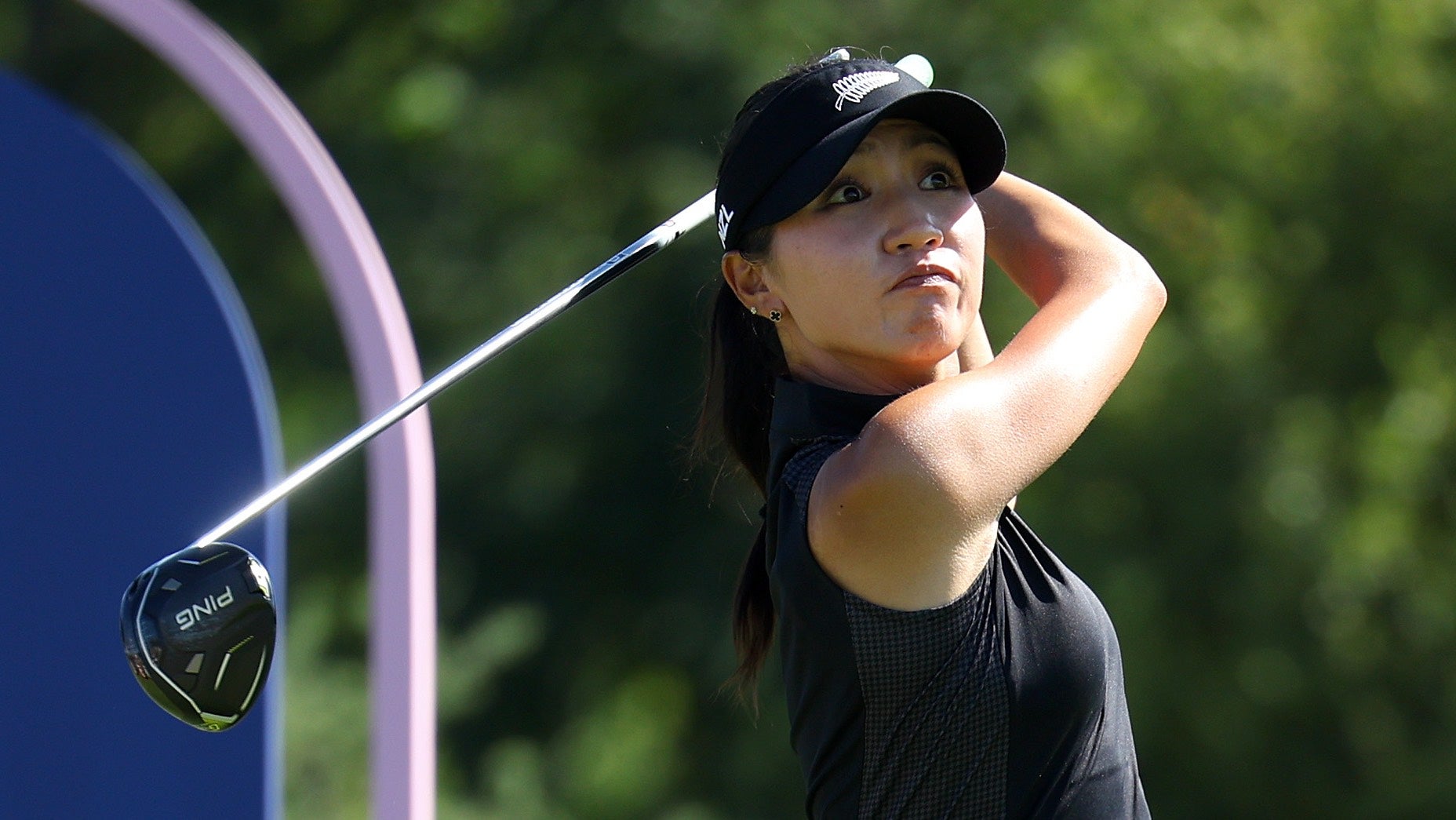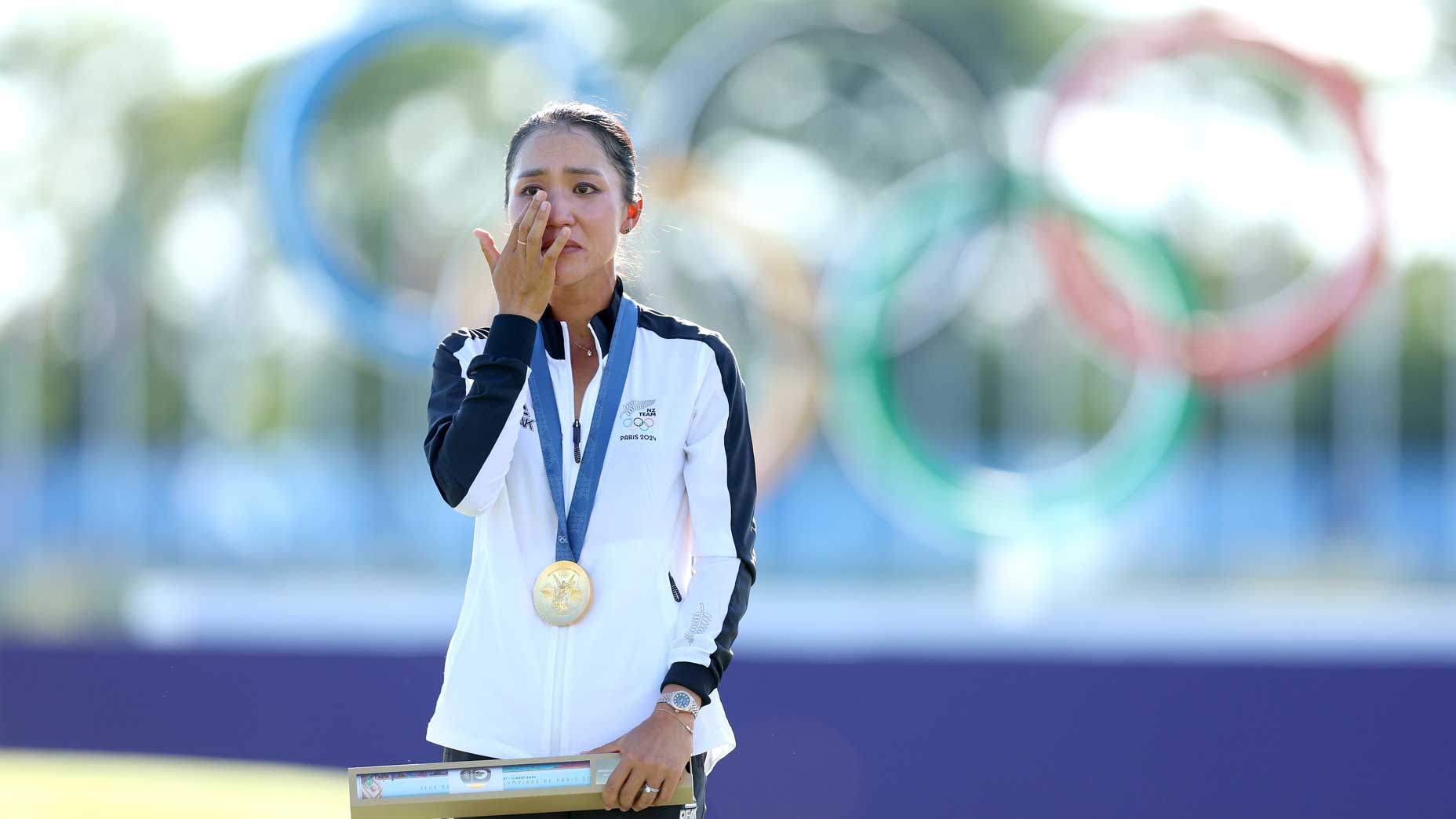SAINT-QUENTIN-EN-YVELINES, France — It’s Oct. 9, 2009, and you find yourself in Denmark. Your 16-year-old self, that is, nervous as can be. You are not old enough to drive or drink, but you are old enough to make the case on golf’s behalf for why the sport is worthy of joining the Olympic Games.
Matteo Manassero was that high schooler, rehearsing his lines over and over, working on his diction. He seemed like a suitable choice, too, decreed as the can’t-miss future of the sport. If we can just get golf into the 2016 Olympics, this was the kid who’d be on the podium.
“It was like being there for building a dream, in a way, for myself,” Manassero says now.
It’s fitting the four-year Olympics schedule tracks alongside the four-year election cycle, because joining the Games requires serious campaigning. The International Golf Federation gathered a golfy version of the Avengers in Copenhagen, at a convention center coincidentally located next to the build site of, yes, a golf course. (Now the Royal Golf Club of Denmark.)
There was Ty Votaw, a global marketing exec for the PGA Tour; Michelle Wie, the 19-year-old woman-playing-with-the-men; Tiger Woods, who needs no introduction, sent in a video of his support; Peter Dawson, the CEO of the R&A; Padraig Harrington, with three major wins in his last three seasons; LPGA stalwart Suzann Pettersen; and the young and uber-talented Manassero.
The golf delegation presented for 20 minutes that morning. Only 20 minutes later the International Olympic Committee’s verdict was in: Golf was officially an Olympic sport. (Rugby, too!) But soon after, as the golf calendar demands, everyone went their separate ways.
Fifteen years later, the sport is finally thriving as an Olympic entity. Golf debuted at the Rio Games in 2016 amid ecological protests and ambivalent players. It carried on in 2021 in Tokyo, amid a global pandemic, in front of zero spectators and, for American viewers, in the middle of the night. Only on Thursday at these latest Games, as an estimated 25,000 fans spilled through the gates for a surprisingly boisterous opening round at Le Golf National, did it actually feel like golfers fighting for medals aligned with the scope of the Olympic movement. So, where are those Avengers who helped get it across the line?
Wie: retired.
Pettersen: retired.
Woods: ailing.
Votaw: retired.
Dawson: a quiet figure, chairman of the world ranking.
Harrington: recent Hall-of-fame inductee (may never retire).
Manassero: now 31, his feet charred by the coals of an unforgiving sport.
But also, an Olympian and in the field. Just as promised.
This is where Google comes in handy — for research on that 2009 pursuit, but also to see how the wrinkles have formed around Manassero’s eyes. The man has spent much time in the sun, but not always in the limelight.
He was the No. 1 amateur in the world in the late 2000s, finishing 13th in the 2009 Open Championship the summer of that Olympics presentation. He became the youngest player ever to make the cut at the Masters. He won his first pro tournament later that year, becoming rookie of the year. He won on the European Tour in 2011, and then again in 2012. In 2013, he triumphed at its flagship event, the BMW PGA Championship, and rose to No. 25 in the world ranking. He was well on his way to fulfilling that Copenhagen dream.
But almost exactly as the qualifying window opened for the 2016 Olympics, Manassero’s game soured. Like many pros before him, he changed equipment and began altering his swing. Between 2015 and 2016, he missed 16 straight cuts. His ranking dropped slowly and steadily, as one does when the MCs are offset by T60s. When Justin Rose won Gold in Rio, Manassero had squeaked into the field but was ranked 338th in the world.
Then things got worse.
Poor play begat even worse play. It’s a pro golf story we’ve seen countless times, just rarely from the game’s best talents. Manassero had lost his place on the PGA Tour, but then he lost his place on the DP World Tour. He couldn’t drive, chip or putt, missing 31 out of 34 cuts before the Covid-19 pandemic set in. He was even struggling to cut it in the European feeder league, the Challenge Tour. Exactly 10 years after that IOC session in Denmark, Manassero was ranked 1,162nd. He would soon step away from playing for a few months, looking for a full reset.
“I literally couldn’t play anymore,” he wrote in a blog post for the DPWT. “Golf had become too heavy on me. That was a tough realisation. I had always played golf in a free and joyful way, but I knew I had to rebuild myself.”
Manassero bottomed out at 1,805th in the ranking and took a streak of 16 missed cuts into a start in golf’s minor-minor leagues, the Alps Tour, devoted to hosting tournaments throughout the Alps region for rising golf stars, not aging ones. But it may have been exactly what Manassero needed. Tucked between cornfields and the edge of a mountain range in northern Italy, Manassero shot a final-round 63 to lift his first trophy in seven years. The winner’s check: a mere €5,800.
Two weeks later, he tied for 25th. Early in 2021, he had consecutive runner-ups. He graduated to the Challenge Tour where, in 2023, he won again. And of all places, in Copenhagen, at the Royal Golf Club of Denmark.
3 leaders (and 3 surprises!) stand out at best Olympic golf event yetBy: Dylan Dethier
“I was doing things — it’s the small things,” he said Friday. “You’re under pressure and you can produce a good round, and you can produce and feel good, and you’re not overstressed, and you can still enjoy the golf and perform.”
Good golf begat better golf. Six weeks later, another win, this time in Rome. The winner’s check added a digit: €56,000. Eight months after that, while the best players in the world were in Florida, Manassero was in South Africa, finishing with four straight birdies to win for the first time on the DP World Tour in nearly 4,000 days. The winner’s check added another digit: €232,912.
On that Sunday, Manassero elevated into a qualifying position for the Olympics. We’ve fast-forwarded through some of the details, mainly because 11 years had expired between his victories on the best tour in Europe. I wondered if that lengthy stretch would be difficult for him to summarize.
“It’s not that hard,” he said Friday. “It’s very similar to some things that happen in life. It’s ups and downs, difficult moments. You grow, mature, you understand things. I would say it’s really as simple as that. It’s not easy to go through it. I didn’t do it on my own. I had people that were really, really supportive and helped me to go through every step outside the golf course and inside of the golf course.
“Overall, it’s a lot of years now that I’m a professional. It’s weird to say that but it’s 14 years. In 14 years, a lot of things happen. For some players, the best ones in the world, a lot of things happen but they keep making birdies. For others, they need to find ways and get back to playing really well. To be honest, I’m really happy that — standing here right now, I wasn’t happy all the time, but the journey has been really good for me, for the Matteo, right now, playing golf.”
The Matteo he’s referencing, right now, playing golf, is tied for 19th through two rounds. He’s carded consecutive 69s at Le Golf National, in front of a handful of family and friends. “The important ones are here,” he said. He sits seven shots back of gold, silver and bronze. Considering the elite players up top — Xander, Hideki, Fleetwood, Rahm — Manassero has a towering Olympic hill to climb. But are any of the contenders talking like he is?
“This is the Olympics in which I probably understand the most about my game,” he said. “I’m enjoying golf probably the most I’ve ever enjoyed it.”











